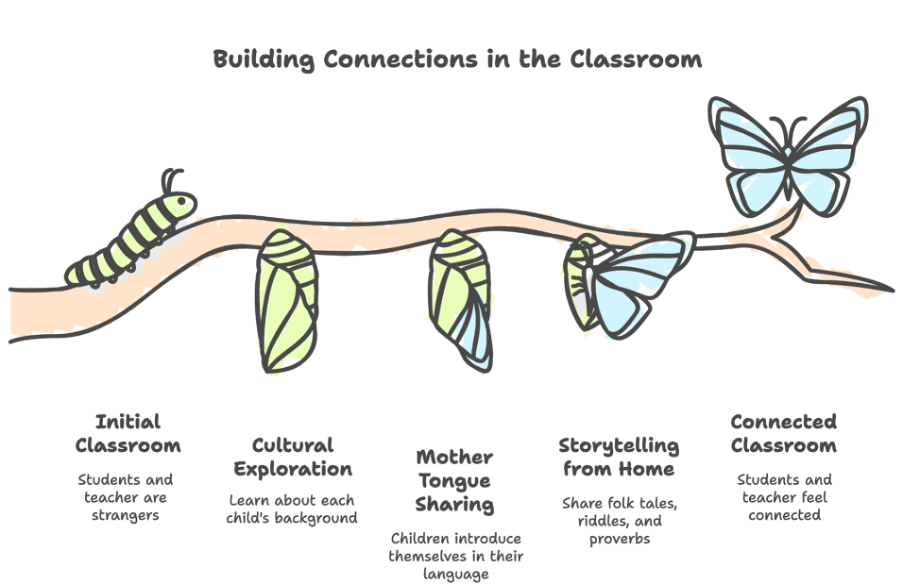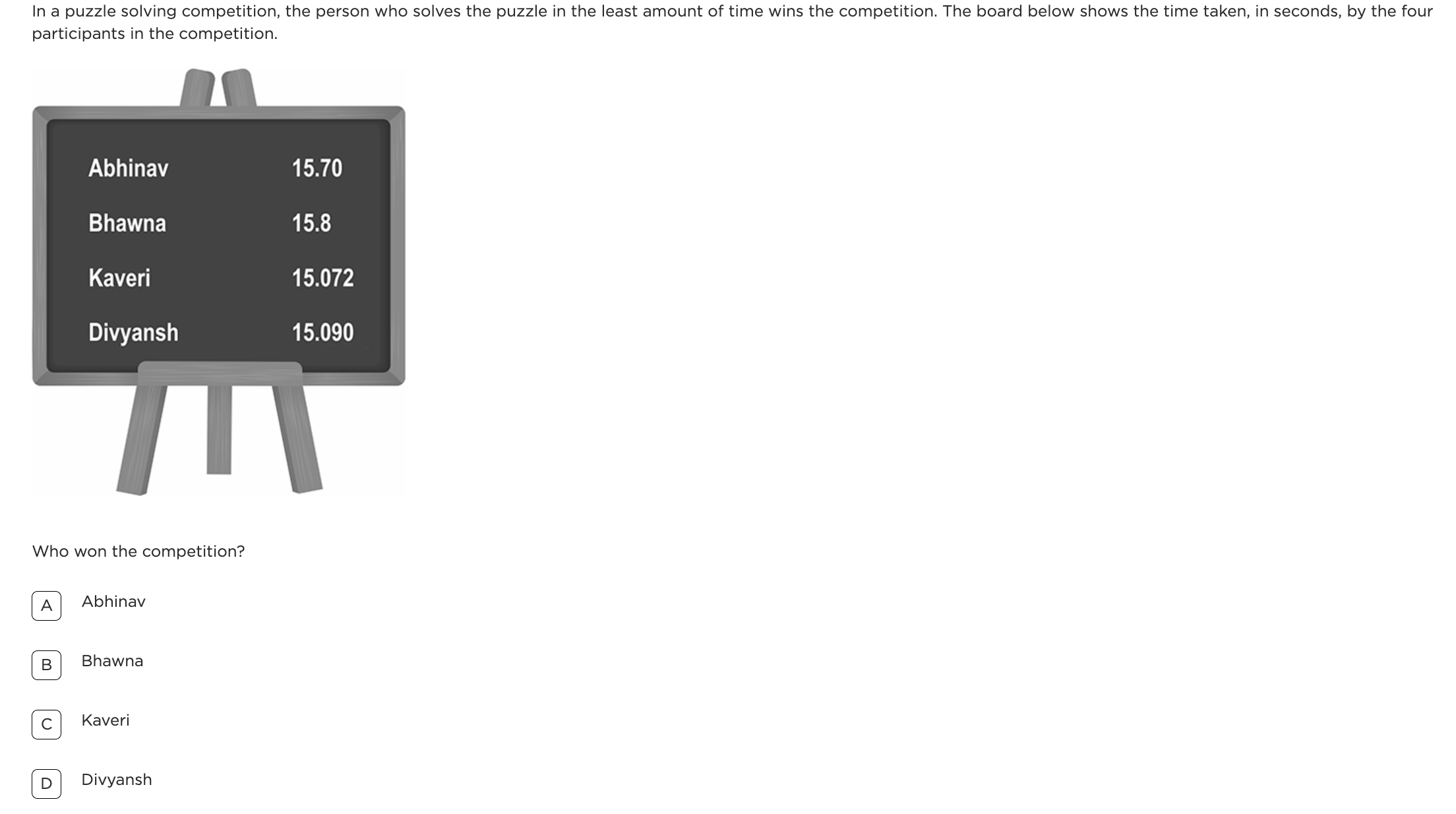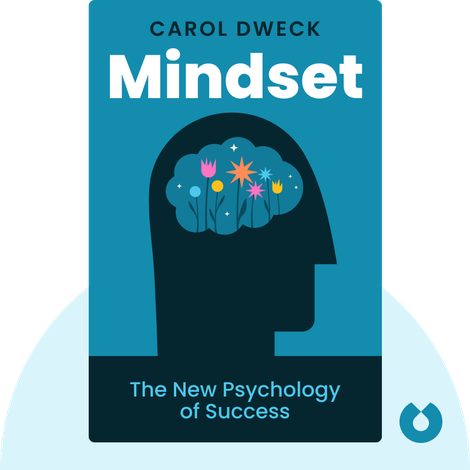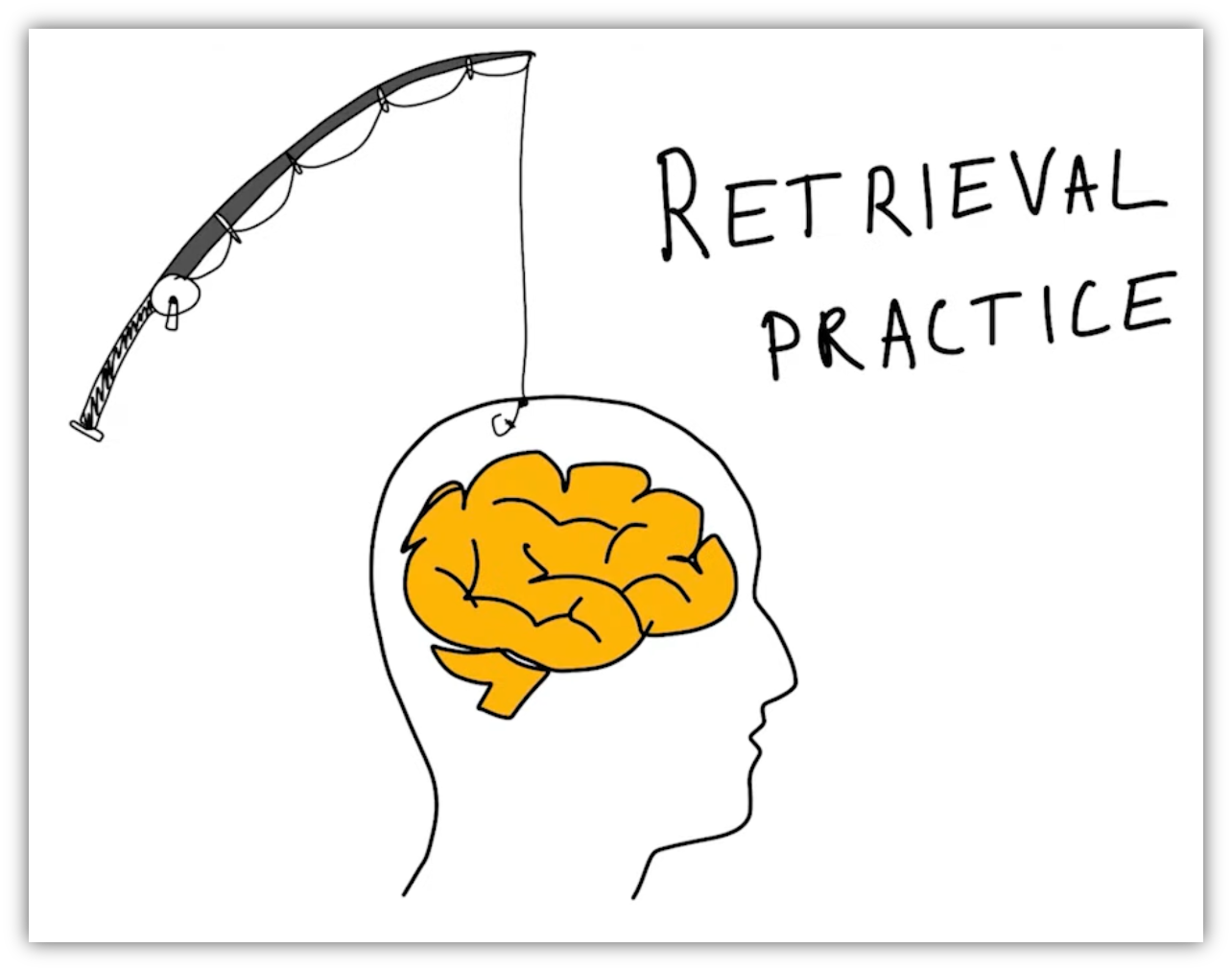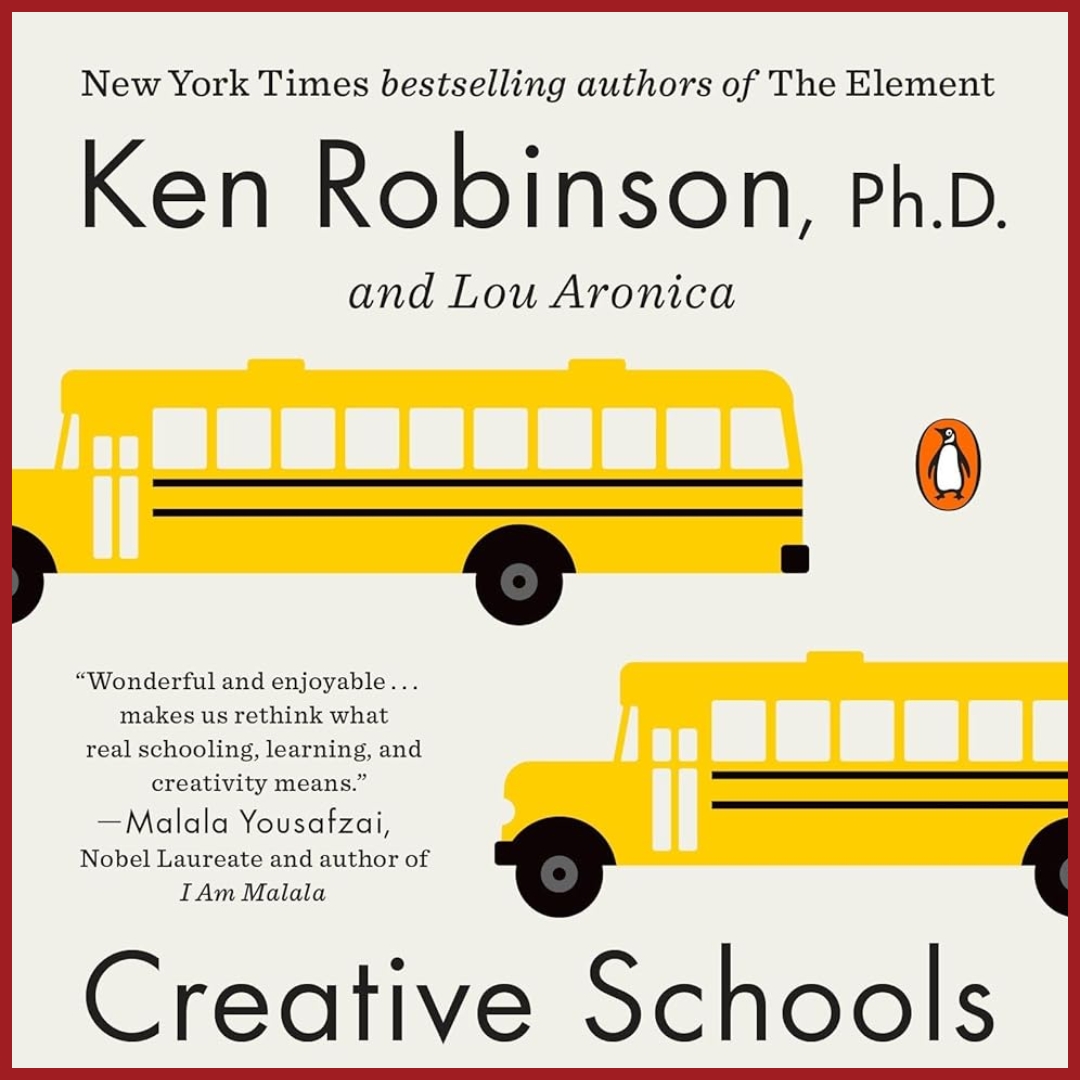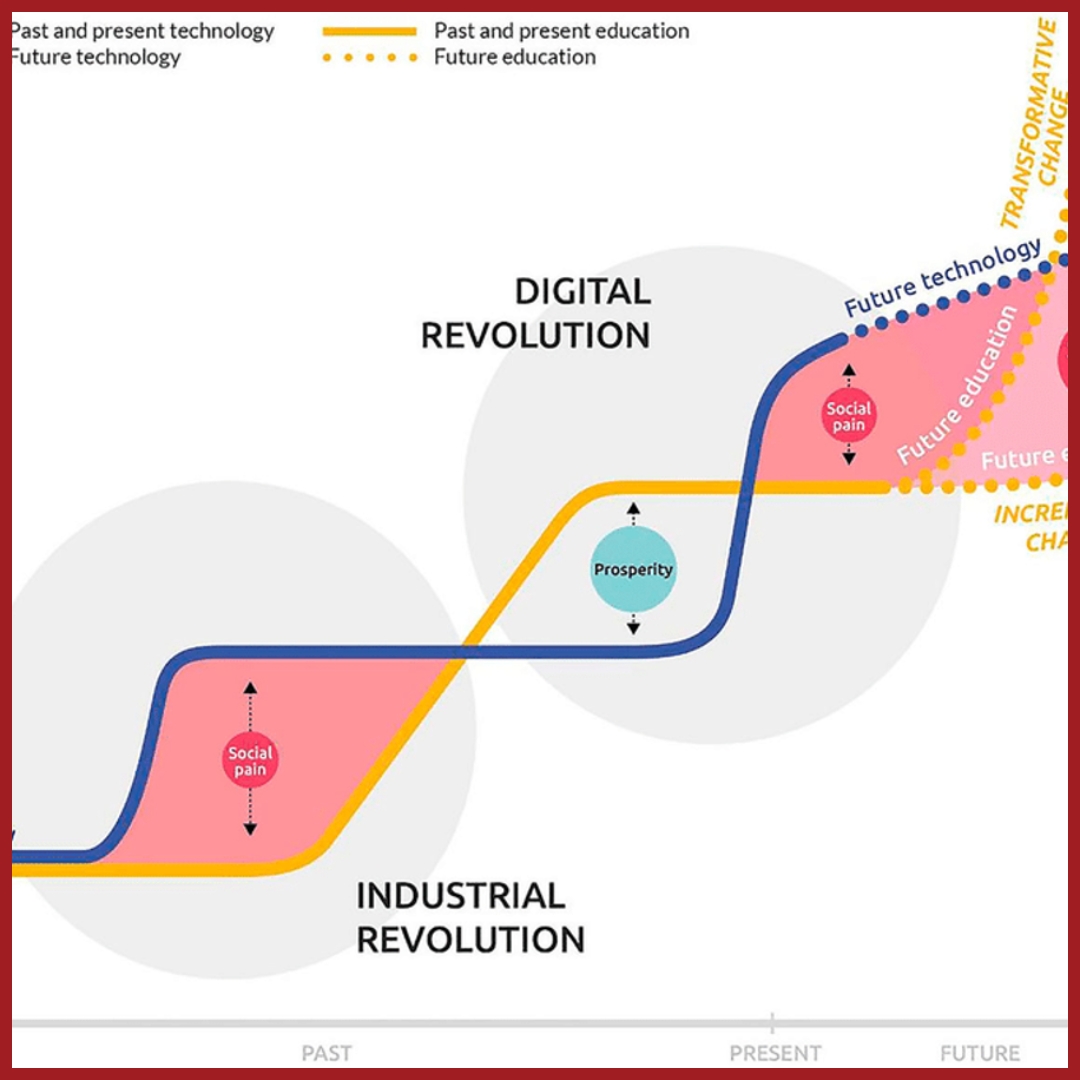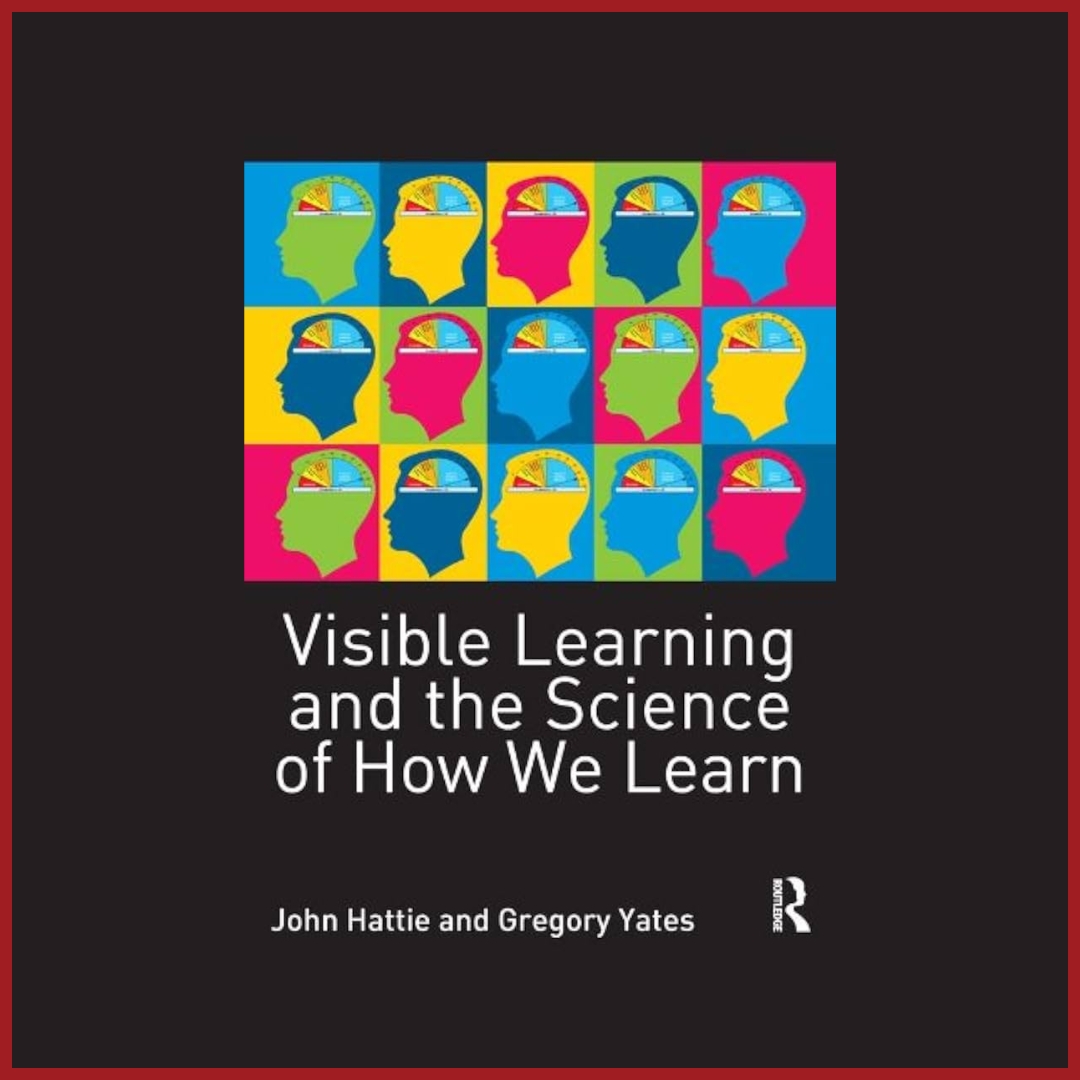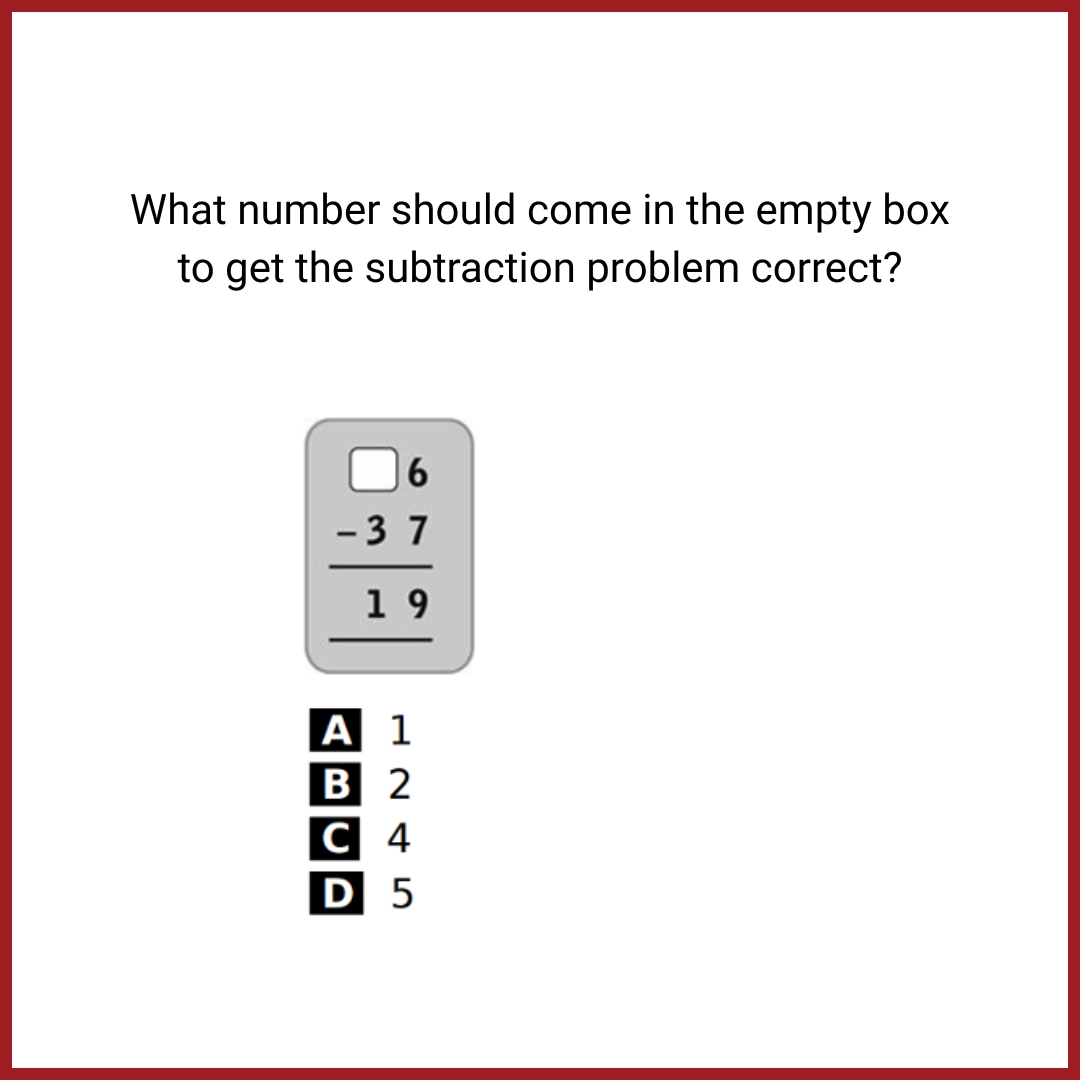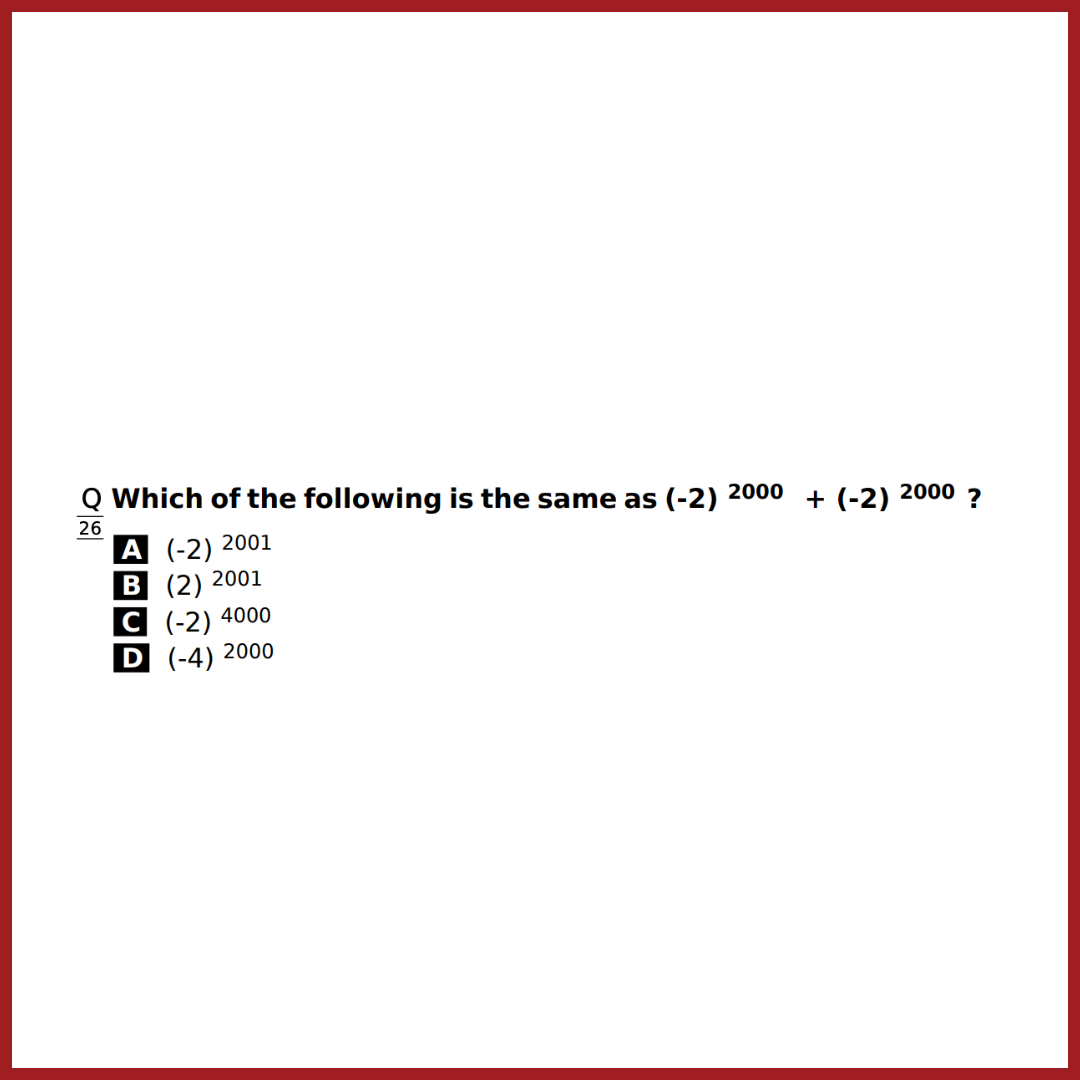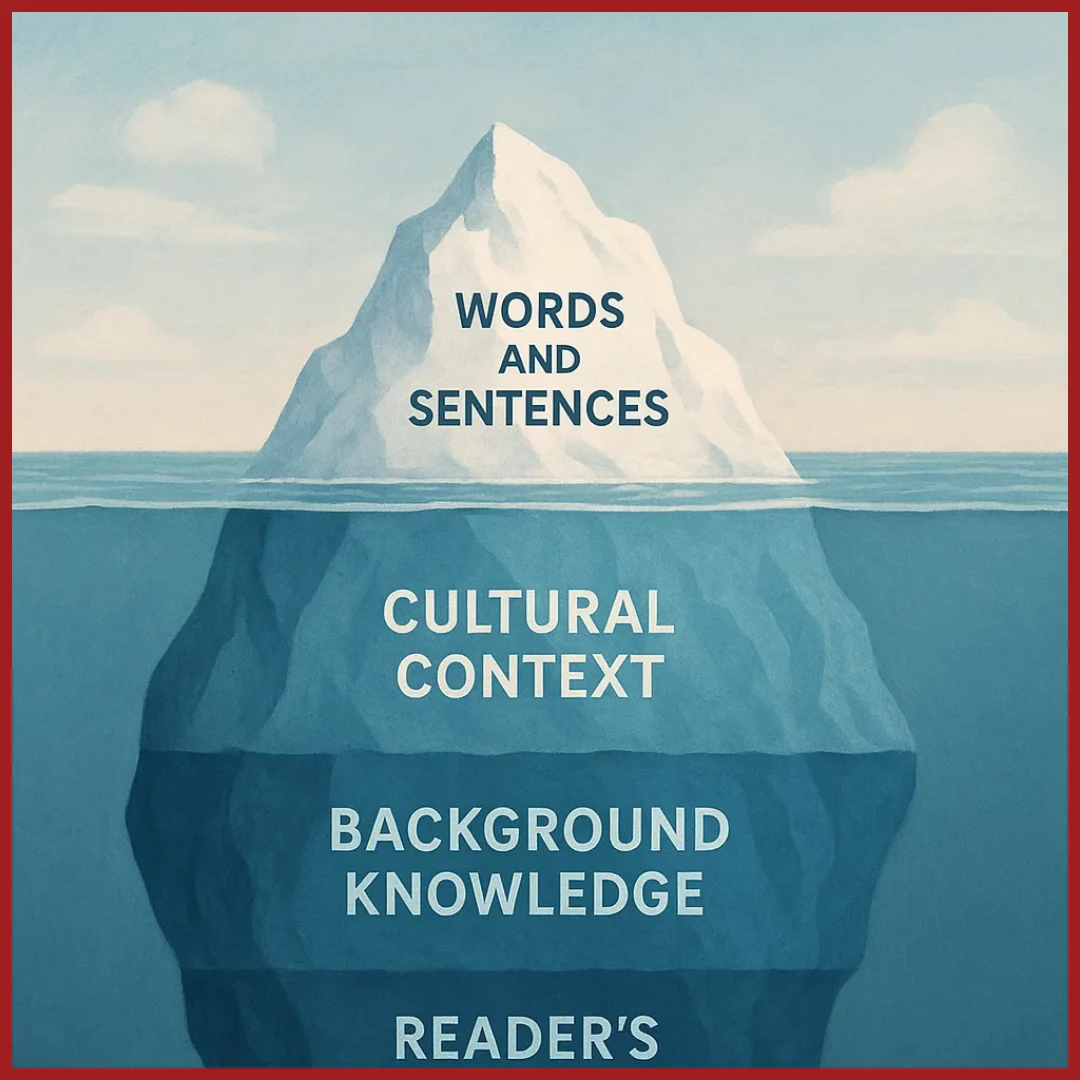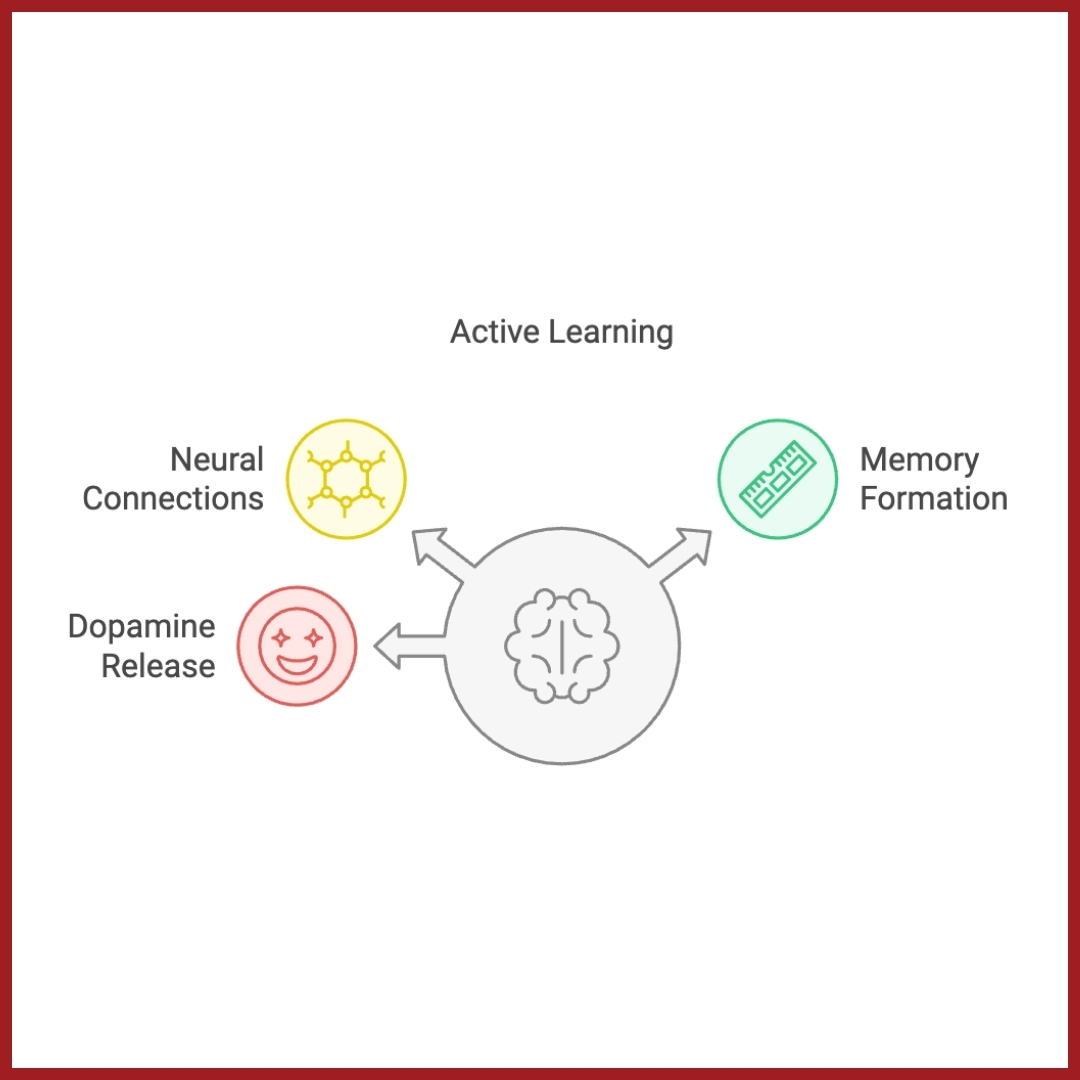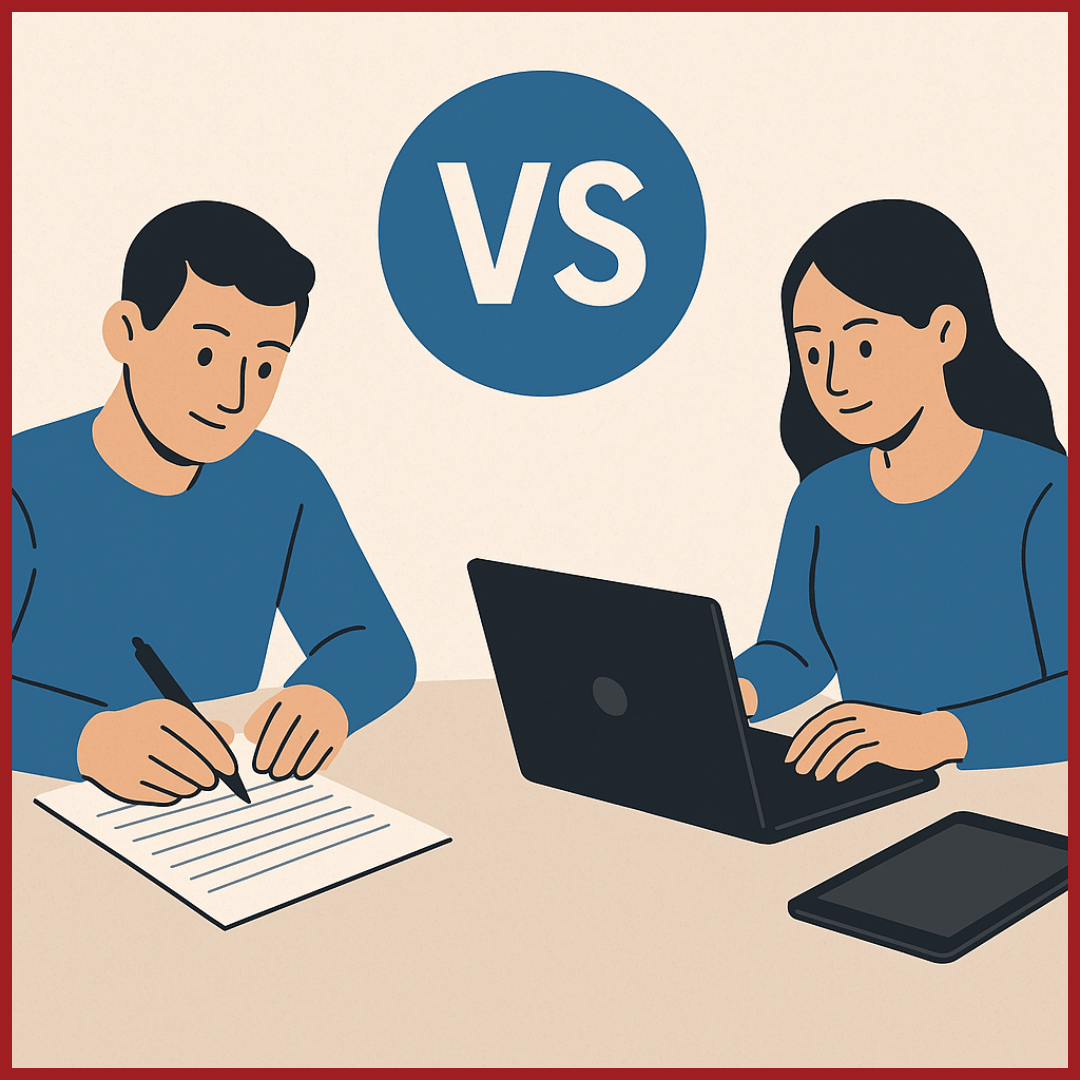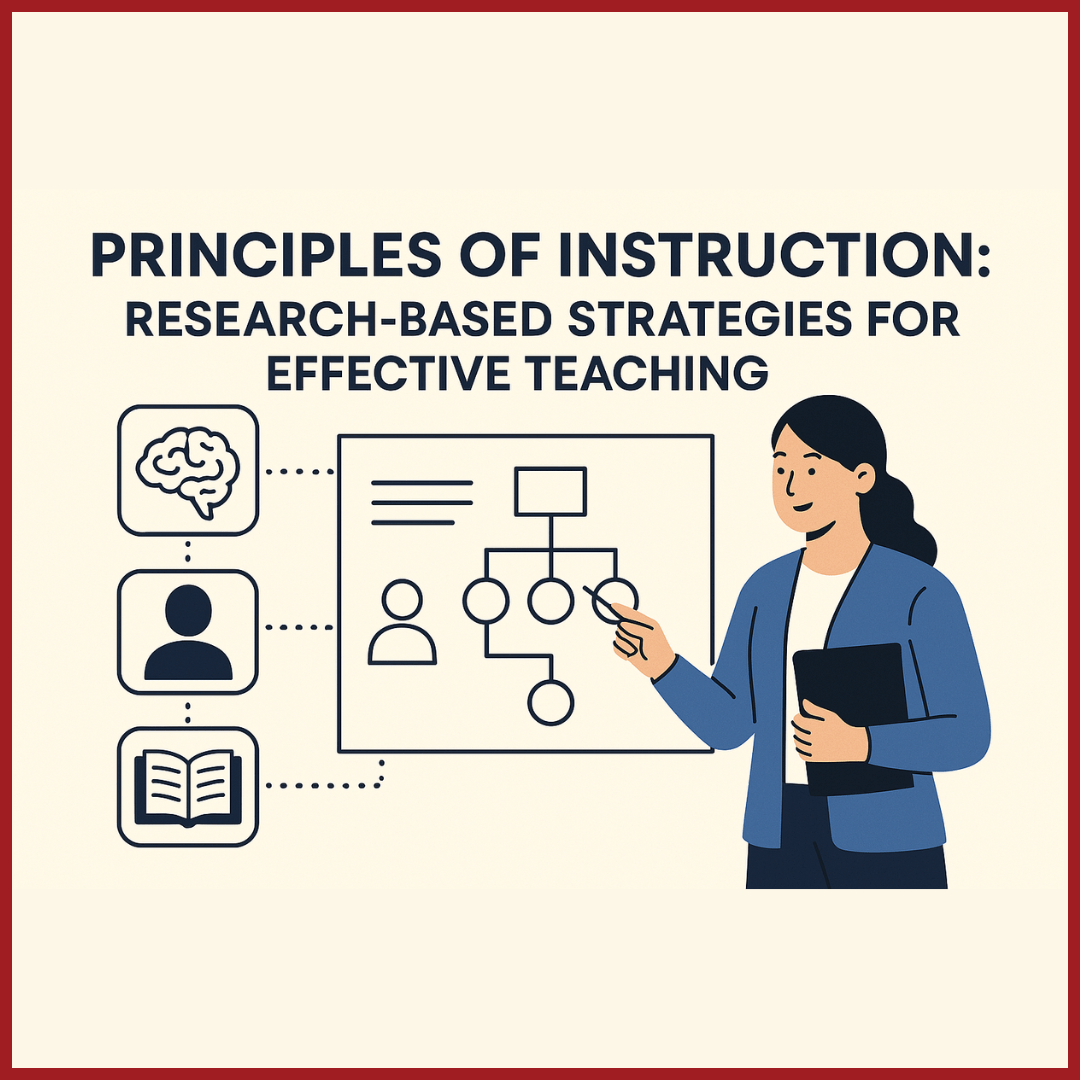Edition 04 | April 2025
Edu- Praxis
Click or Scribble?
The Classroom Note-Taking Conundrum
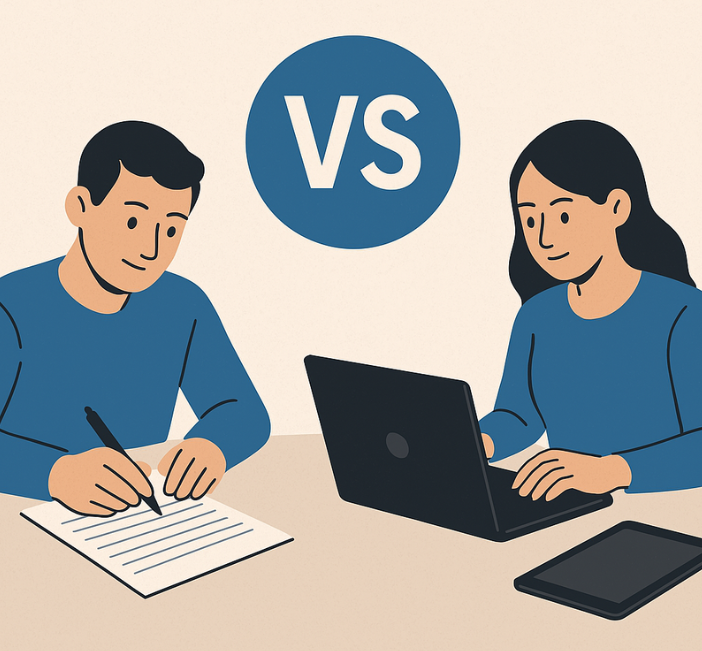
Table of Contents:
The Study
Technology is playing an ever-increasing role in education. It is now common to see students taking notes using electronic devices, be it laptops or tablets. But which is better for note-taking: pen and paper, or electronics? Researchers investigated how students differed in the type of notes they took depending on the device they used, how well they could subsequently apply the knowledge learnt during their lesson, and how well they did in exams.
The Main Findings
- Those who took notes with a laptop performed worse when they had to answer conceptual-application type questions.
- Those who took notes on their laptops wrote up to 30% more words than those who did so on paper. They were also more likely to take notes verbatim. Taking notes verbatim leads to shallower learning as it does not require the student to think about what they are typing.
- Even if the lecturers informed the students about the cost of taking notes down word for word on the laptop, this had no impact.
- Students were given the chance to review their notes before the final exam. Those who took notes using pen and paper outperformed those who took notes on their laptop.
Related Research
A recent study has failed to replicate some of the findings in this study. However, the jury is still out, and it is worth noting that several other studies have found that students who take notes on laptops struggle to stay on task, as they succumb the numerous online temptations such as streaming videos, social networking, and shopping.
The type of notes that students take with their laptops also makes a difference. Students have been found to be more likely to take notes verbatim, as they can type faster than they can write. However, several studies have confirmed that doing so leads to less cognitive processing and so, less information is retained.
The researchers of this study offer another suggestion as to why students who took notes by hand performed better, commenting that as students had to go slower, they were forced to select “more important information to include in their notes,” which enabled them to study the content more efficiently.
Classroom Implications
The authors conclude with a clear word of warning over the use of laptops for note-taking when they say that “laptop use can negatively affect performance on educational assessments, even – or perhaps especially – when the computer is used for its intended function of easier note-taking.”
Essentially, students shouldn’t strive to make taking notes too easy, as this reduces the opportunity for deep reflection and learning. Or, as the authors say, there is real value in having “desirable difficulty.”
This is not to say that laptops can’t provide some unique learning opportunities, such as access to wider information quickly, but that there is an opportunity cost. The best way to view them is with “a healthy dose of caution; despite their growing popularity, laptops may be doing more harm in classrooms than good.”

